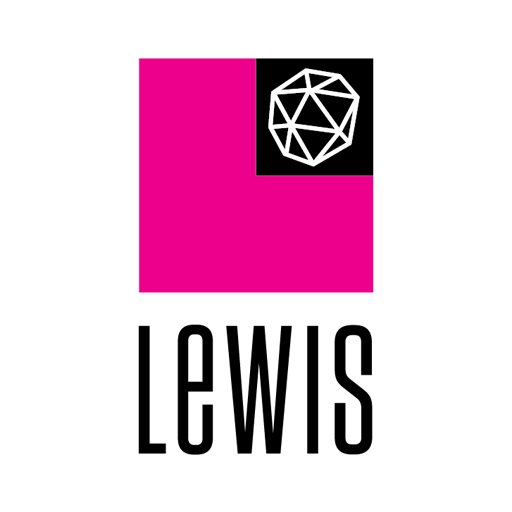LEWIS 14 Jun 2016 // 1:59PM GMT

I think in headlines. It’s great for quick anecdotes and one liners at dinner parties. Helps break the ice during work meetings. And can usually seal the deal on a new business pitch.
As someone who takes PowerPoint way too serious at times, I pride myself on treating every slide deck I write as if I am telling a story. Each slide is a headline; and the content is the payoff. It’s a marriage between the two. One compliments the other.
There is a reason to this insanity.
Because slides are often passed around in email with very little context, I write them so that readers can follow along with ease. The entire deck, each slide is carefully crafted to stand alone, even without a narrator. This also helps when adding slides to Slideshare since there isn’t an audio function on the platform.
I tell my students at San Jose State the same thing. I have been teaching there for about 5 years. The class is called strategic social media and business communications. The curriculum is focused on up-leveling how students view social media strategically and then applying it by managing a local business’s social channels, all during one semester.
The entire class revolves around headlines - content they publish on their personal social channels, weekly blog posts, the headline on their LinkedIn profile and yes, their final presentations too.
I am not a journalist and would never pretend to be. Not the greatest writer either. But I do understand the psychology of headlines and how they can inspire action. I am a marketer though so this is important to me.
And while writing good headlines takes practice, that’s not the focus here. There are plenty of blog posts out there that can do a much better job at giving examples. There are also several studies available that have tested click through rates based on the use and non-use of certain language. Besides, every audience is different and there isn’t just “one way” to do this effectively. Test and learn is the best advice I can give you.
The problem with some marketers though is that they write really amazing headlines but never deliver on the content. I see this all the time. I click on an interesting headline on Twitter and the content is mediocre at best. Or, I stumble upon a Google search result and the same thing. Happens with organic and paid search all the time.
This brings me to my next point. Paid media. What I find most challenging is convincing people that paid is no longer an option. It doesn’t matter if you managed to write a good piece of content with a killer headline and then share it on your company channels.
That’s not enough. Long term, it’ll certainly help once the content gets indexed in Google and begins to appear in organic search but there is no short term impact. Immediacy and relevance are critical to reach your audience.
And when I refer to paid media, I don’t just mean boosting posts here and there if a piece of content is performing at a high level.
There needs to be a paid strategy built from audience intelligence.
This approach involves building an audience panel based on specific criteria and using the panel to extract unique characteristics. What does this audience talk about, write about, share and what types of content are they consuming? These are critical inputs in order to write content that actually matters.
From there, you take the same group of people and target them using custom audiences on Twitter, Facebook and LinkedIn. So the formula for success is this:
Strong headline + stellar content + paid media = reaching the right customer, at the right time, in the right channel with an amazing story.
This is a formula that you need to apply to every piece of content you publish online – status updates, blog posts, white papers, bylines, press releases … everything.
Here are 5 key takeaways:
- Write your headlines for people first. Google second.
- Always incorporate targeted keywords though. Google loves this.
- Ensure that the content pays off for your customers. Put yourself in their shoes. Does it provide value? Solve a problem? Educate?
- Set aside dollars for paid media, always.
- Invest in analytics to better understand your audience. This takes out the guess work and also helps scale your paid media investment in a smart way.
By Michael Brito, Senior Vice President at LEWIS
About the author:
Michael Brito is a digital strategist, author and TEDx speaker with over 15 years of experience helping organizations solve marketing challenges.


































.jpg)















